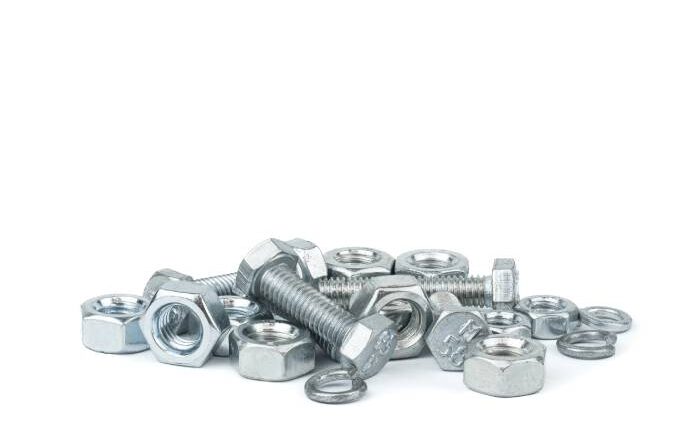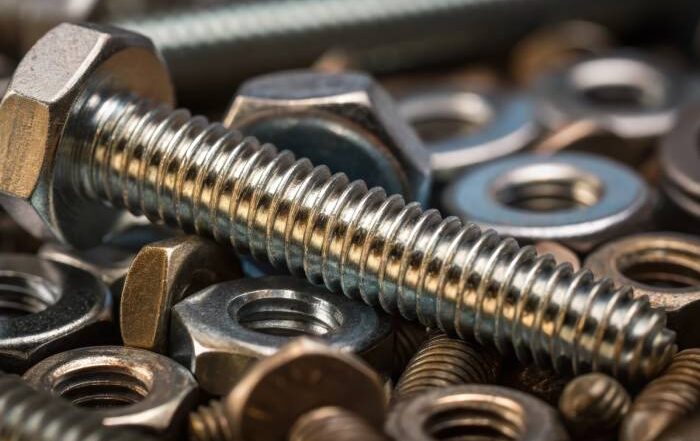
Are you on the hunt for reliable, high-quality fasteners? If so, you will likely have come across the carriage bolt variety. Below, we take a look at what carriage bolts are, when the best time is to use them as well as how to use carriage bolts properly.
What Is a Carriage Bolt?
A carriage bolt is a type of fastener that can be made from a number of different materials (stainless steel being the most popular). A carriage bolt generally has a round head and a flat tip and is threaded along part of its shank. Carriage bolts are often referred to as plow bolts or coach bolts and are most commonly used in wood applications. However, they are much more diverse than people might think.
Choosing the Right Carriage Bolt
If quality and longevity are important to you when it comes to carriage bolts, then it would be wise to purchase carriage bolts made out of stainless steel. These bolts will be corrosion-resistant, scratch-resistant, and strong. If the bolt is going to be used in exterior applications, then another good choice is hot dipped galvanized steel, which will also be extremely resistant to corrosion. Having said that, if the carriage bolt is going to be submerged in water, then the best choice is undoubtedly stainless steel.
What are Carriage Bolts Used for?
Carriage bolts are ideal for fastening wood to metal. Alternatively, carriage bolts can also be used to fasten two pieces of wood together. Some specialty versions of carriage bolts allow for the effective fastening of two separate metal components. Furthermore, they can be used in a variety of different industries including the following:
- Water conservation and treatment industry,
- Railroad industry,
- Farming industry, and
- Mining industry, to name a few.
In order to be using carriage bolts, you will need a few additional tools on hand, including a hammer, a drill, a drill bit, a nut, and a washer. Remember, carriage bolts should only ever be inserted into pre-drilled holes. This is due to the specific shape of a carriage bolt’s head. It is always smooth and round, which means that it is not possible to utilize a drilling device in order to screw it into the material.
Begin by drilling a hole into the material of an appropriate size considering the size of the carriage bolt itself. Slide the carriage bolt into the hole that you have created. If it is a tight fit, you can use a hammer to gently move it into position. You will then need to attach your washer and your nut. Place the washer on the rear side of the bolt, and follow it with the nut. A washer is important because it helps to reduce any damage when you use the nut to pull the carriage bolt into the material. Tighten the nut to move the carriage bolt into its rightful place. The goal is to get the underside of the head of the carriage bolt to sit snugly against the material.
Removing the carriage bolt is also a relatively straightforward process and can be done by twisting the nut, but ensuring that it remains on the bolt. Hit the nut with a hammer to start easing the bolt out of the material and continue this process until you can remove the bolt by hand.
FAQs on Carriage Bolts
Here are the answers to some of the most commonly asked questions about carriage bolts:
Do carriage bolts have shear strength?
Yes. All carriage bolts have certain amount of both tensile and shear strength, depending on the grade and material of the fastener. Stainless steel carriage bolts usually have a shear strength of around 90,000psi.
What is the difference between a lag bolt and a carriage bolt?
A carriage bolt has a flat end, while a lag bolt has a pointed tip. The top of a carriage bolt has a square neck that resists turning once the bolt is fastened. The flat end means that a washer and nut are used to secure a carriage bolt. Lag bolts have wide threads and are most often used with wood. They can be screwed directly into the wood and do not require nuts to complete the assembly.
Do you use a washer with a carriage bolt?
Yes. It is important to use washers with carriage bolts, as they prevent damage when you use the nut to pull the bolt through the material.
How do you measure a carriage bolt?
It is important to remember that carriage bolts are measured along their entire length, right from underneath the head, including the square neck. Don’t make the mistake of measuring from under the neck – this is a common error.
For more information and advice on the benefits of stainless steel carriage bolts, as well as our range of stainless steel fasteners, contact us via email or telephone at Marsh Fasteners today.



